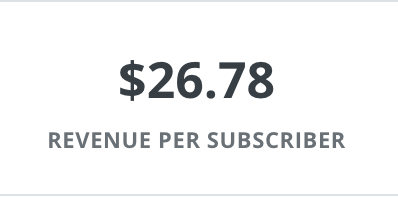1/ The true potential of online courses, once you zoom out from the specific technologies, is to allow people who develop new ideas to capture a dramatically higher percentage of the value they create
2/ In the past, creating new ideas wasn& #39;t a profitable or even safe activity. You could be burned at the stake, labeled a subversive, or at the very least, rejected as weird or dangerous
3/ Even in modern times, it wasn& #39;t profitable. Intellectuals and artists often were penniless in later years, reliant on the generosity of benefactors, charity from the public, or selling their precious possessions as souvenirs
4/ Ralph Waldo Emerson, one of the most influential intellectuals of his time, wrote tirelessly and gave 1,500 lectures around the country for 10 cents admission, and still died near penniless. There was no good way for an idea originator to monetize the idea
5/ The problem was that there were so many bottlenecks to distributing an idea – the state, the church, newspapers, event venues, TV networks, etc. all demanded a piece of the pie, and there was no other outlet for a public intellectual to get exposure
6/ The internet changed that, but not immediately. Ebooks were a huge step up, allowing writers to keep 70% of the proceeds of their book, instead of only 7-15%. But there is a strong price anchor for books around $10-15, and for ebooks even lower at $1-5
7/ Online advertising also helped, but it took such enormous scale that only the new gatekeepers, online publications, could pull it off. And they passed on very little to writers themselves
8/ Memberships and subscriptions also have been a boon, but they take a lot of continuous work, and again, there& #39;s a strong price anchor around $5-20 per month that is very difficult to go beyond
9/ Online courses have the potential to break through all these barriers, especially when delivered live via Zoom. There is much less of a price anchor, because ppl are used to paying a lot of money for seminars, conferences, coaching, conferences, workshops, etc.
10/ When delivered live, production values don& #39;t matter nearly as much. A creator can do it with a webcam, some slides, and later on, a discussion forum, Slack channel, or Facebook group. You don& #39;t even need to know every detail you& #39;ll be teaching – you can improvise
11/ All the tools for delivering courses in this way are very affordable and scalable. Margins of 70-90% on prices in the hundreds to thousands are easily achievable, which means the creator is capturing the great majority of the value they& #39;re creating
12/ My avg revenue per email subscriber is $26.78 from courses alone. This means 3,734 subscribers (not even customers) can support a six-figure annual income. This was never possible before. It completely changes the economics of idea creation
13/ It also greatly expands the range of ppl who could make this lifestyle work. You can directly interact with large numbers of ppl in a way that provides enough value to make meaningful income. But not so many that you have to build a big team and hire staff
14/ But there is definitely a chasm to cross from intellectual/writer/thinker to teacher. It& #39;s wider than I thought because I& #39;ve always been primarily a teacher. It takes more performance, charisma, entertainment value, and caring about the student experience
15/ A lot of Youtubers are talented teachers who get existing ideas and repackage them in an engaging, entertaining way. They can capture (very approximately) $1 per subscriber, and even that allows many to make a great living
16/ But I& #39;d like to see more "early stage" intellectuals cross the chasm and take control of their value chain using the incredible tools we now have available. Tools like @zoom_us @teachable @CircleApp @zapier @airtable have made it vastly easier in just the last few yrs

 Read on Twitter
Read on Twitter


